Epic collage is a long-form, sample-dense approach to sound collage in which hundreds—sometimes thousands—of short audio fragments are woven into a single, continuous narrative arc. Instead of short mashups or brief interludes, works in this style typically unfold as suite-like journeys that emphasize momentum, thematic callbacks, and cinematic pacing.
The style borrows the crate-digging ethos and rhythmic grid of hip hop and turntablism, the textural experimentation of musique concrète and tape music, and the psychedelic density of sampledelia. The result is a highly curated stream of microedits, voice drops, hooks, and texture beds that flow through clear movements, creating a sense of “epic” scope and storytelling purely through sampling and mixing.
Epic collage grows out of mid-20th-century tape splicing (musique concrète and tape music) and late-20th-century plunderphonics and sound collage. Hip hop’s sampling culture—especially turntablism and instrumental hip hop—provided the rhythmic scaffolding, while sampledelia showed how dense sampling could be made songlike and psychedelic.
While long-form collage existed earlier, the early 2000s crystallized the “epic” approach: single-disc or album-length collages with seamless, narrative pacing. Landmark releases demonstrated how hundreds of micro-samples could be sequenced with pop sensibility and DJ craft, encouraging artists to treat the entire album as one grand mix with recurring hooks, thematic reprises, and dynamic rises and falls.
In the 2010s, accessible DAWs, digital diggin’ (YouTube, blogs, archive sites), and community knowledge-sharing normalized multi-source clearance-free collage in the underground. Artists refined workflow: BPM-normalized bins, key detection, transient slicing, spectral editing, and automation-heavy transitions. The style spread across both club contexts and headphone listening, often presented as singular mixes or long tracks.
Epic collage favors: (1) continuous long-form structure divided into movements; (2) a backbone of breakbeat/hip hop or downtempo grids for propulsion; (3) micro-sampling of ephemeral media (radio IDs, commercials, voice mail, film dialogue); and (4) recurrent leitmotifs that return across the piece, producing cohesion despite rapid sample turnover.
Because much material is uncleared, epic collage largely circulates in DIY and semi-official channels. It also sits within a critical tradition—questioning authorship and memory, reframing pop detritus as narrative art—while celebrating DJ culture’s curatorial intelligence.

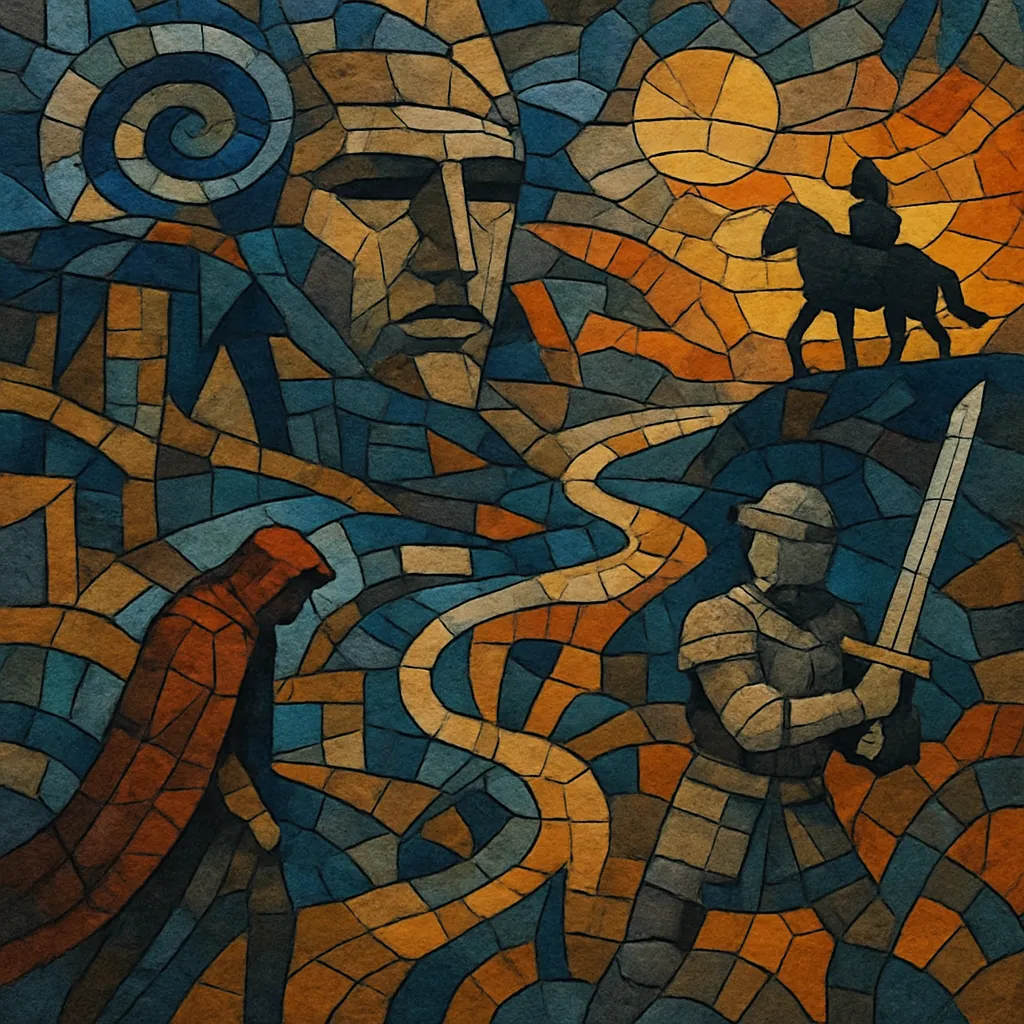
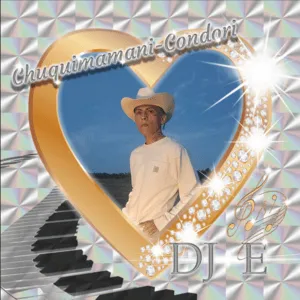
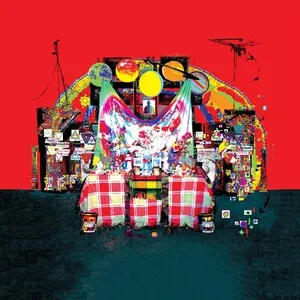
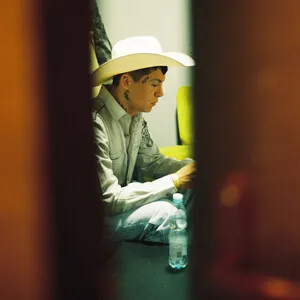
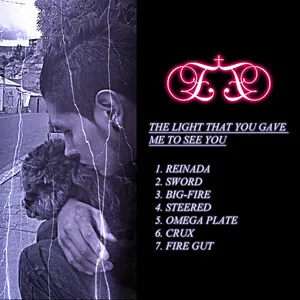
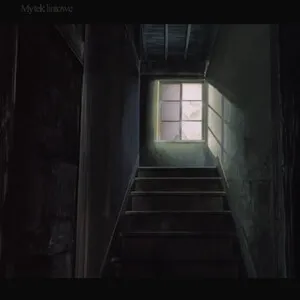
%2C%20Cover%20art.webp)
